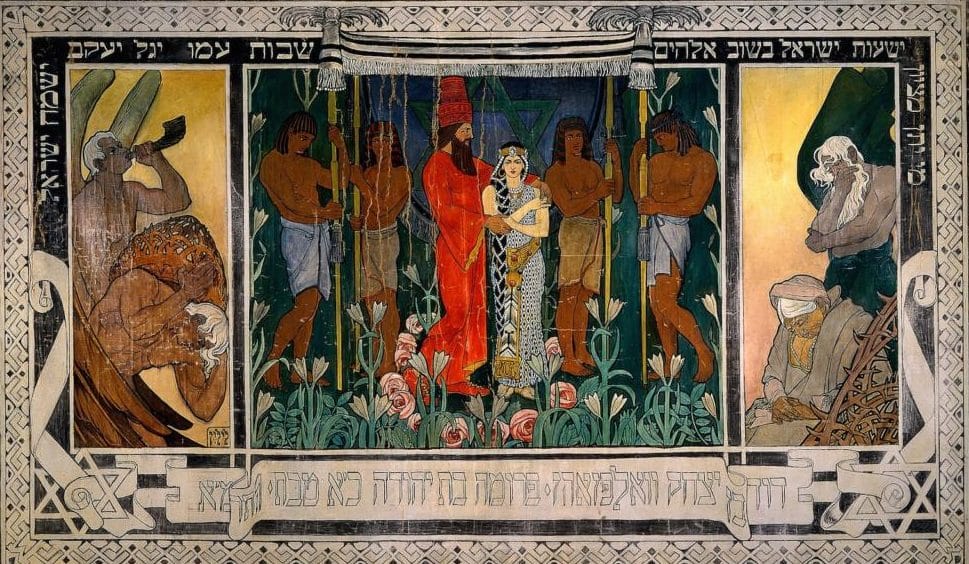Many ancient mysteries writers are in awe of how ancient cultures managed to align buildings – especially pyramids – perfectly aligned north/south. They could not have used compasses (magnetic north is not true north) and their mapping skills were certainly not that advanced.
The same authors will point out the many alignments with solstices and equinoxes. In fact following where the sun rises and sets on the horizon is an obvious way of keeping track of the year. You just need a sighting pole and some markers in the distance. Although standing stones could be used, permanent structures were not necessary. Actually, if adjustments were regularly made to hunting, gathering and horticultural seasons, temporary markers make more sense.
Determining the directions of the settings sun on the solstices is easy, it is the day the Sun stops setting further north or south. On the horizon, halfway between the markers of the winter and summer solstices is due west. Therefore you have all of the cardinal directions, accurate to the width of the sun on the horizon. And highly accurate if you are marking the middle or edge of the settings Sun, and both horizons are the same height.
Not so mysterious, and quite possibly they didn’t have a concept of a global Earth that spins and has poles.
